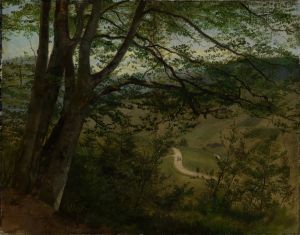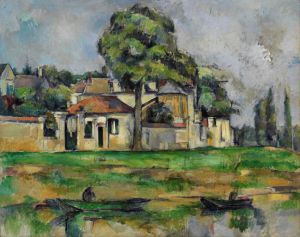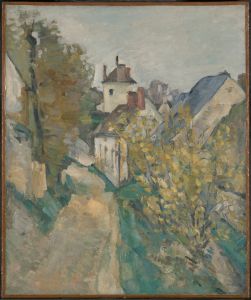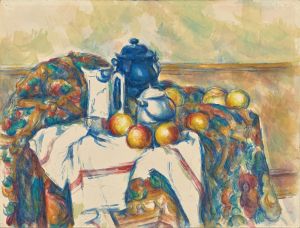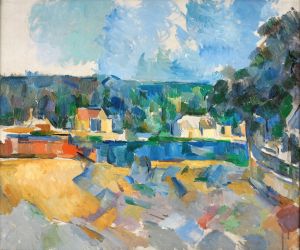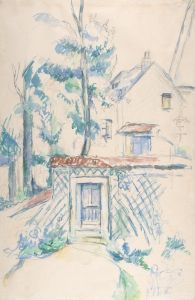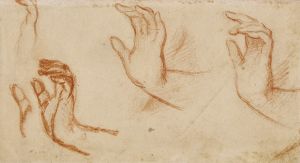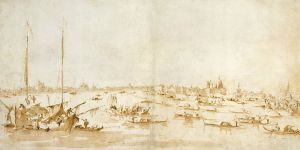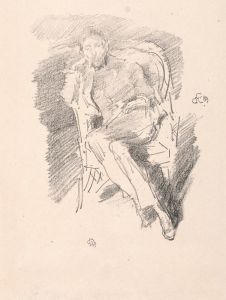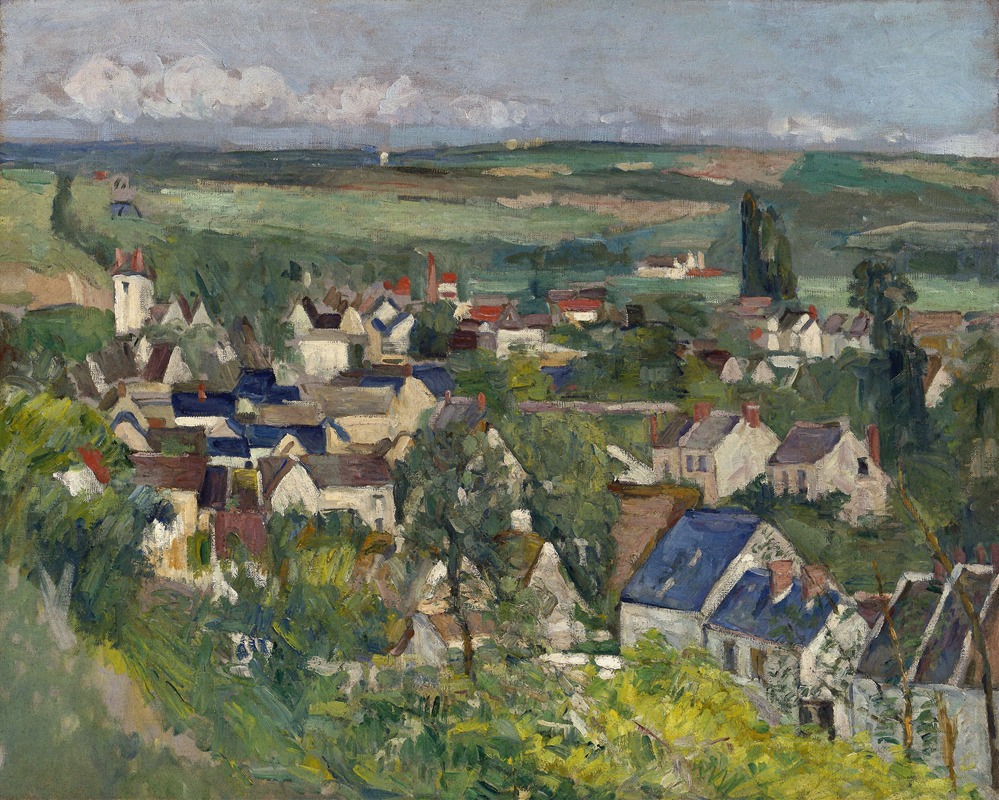
Auvers, Panoramic View
A hand-painted replica of Paul Cézanne’s masterpiece Auvers, Panoramic View, meticulously crafted by professional artists to capture the true essence of the original. Each piece is created with museum-quality canvas and rare mineral pigments, carefully painted by experienced artists with delicate brushstrokes and rich, layered colors to perfectly recreate the texture of the original artwork. Unlike machine-printed reproductions, this hand-painted version brings the painting to life, infused with the artist’s emotions and skill in every stroke. Whether for personal collection or home decoration, it instantly elevates the artistic atmosphere of any space.
"Auvers, Panoramic View" is a painting by the renowned French artist Paul Cézanne, created in the late 19th century. Cézanne, often credited as a pivotal figure in the transition from 19th-century Impressionism to 20th-century Cubism, is known for his distinctive approach to form and color, which laid the groundwork for the modern art movement.
This particular work, "Auvers, Panoramic View," is part of Cézanne's exploration of the landscape genre, which he approached with a unique perspective that emphasized the underlying structure of natural forms. The painting depicts a sweeping view of the village of Auvers-sur-Oise, a location that has been immortalized by several artists, most notably Vincent van Gogh, who spent his final months there.
Cézanne's depiction of Auvers is characterized by his methodical brushwork and the use of color to create depth and volume. Unlike the Impressionists, who often focused on capturing the fleeting effects of light and atmosphere, Cézanne was more concerned with the solidity and permanence of the landscape. His technique involved building up the surface of the canvas with small, repetitive brushstrokes, which allowed him to convey the complexity of the scene with a sense of order and stability.
In "Auvers, Panoramic View," Cézanne employs a palette of greens, blues, and earth tones to render the rolling hills and the architecture of the village. The composition is carefully structured, with the horizon line placed high on the canvas, giving prominence to the expansive sky above. This arrangement not only enhances the panoramic quality of the view but also reflects Cézanne's interest in the geometric simplification of forms, a hallmark of his later work.
Cézanne's landscapes often reveal his fascination with the interplay between nature and human habitation, and "Auvers, Panoramic View" is no exception. The painting captures the harmony between the natural environment and the built structures, suggesting a peaceful coexistence. This theme is recurrent in Cézanne's oeuvre, as he frequently sought to depict the balance between the organic and the man-made.
The significance of "Auvers, Panoramic View" lies in its demonstration of Cézanne's innovative approach to landscape painting. By focusing on the structural elements of the scene, he paved the way for future artists to explore abstraction and the deconstruction of form. Cézanne's influence is evident in the works of later artists such as Pablo Picasso and Georges Braque, who further developed the ideas he introduced.
Today, "Auvers, Panoramic View" is celebrated as an example of Cézanne's mastery of landscape painting and his contribution to the evolution of modern art. The painting is held in high regard by art historians and continues to be studied for its technical and conceptual advancements. Through works like this, Cézanne has secured his place as a central figure in the history of art, bridging the gap between traditional representation and the avant-garde movements that followed.





